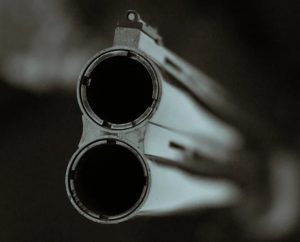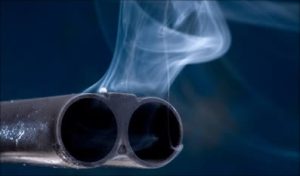What is the Regulation of Shotgun Barrels?
In the context of double-barreled shotguns (side-by-side or over/under), “regulation” refers to how the two barrels are aligned so that they both shoot to the same point of impact (POI) at a specific distance.
What “Regulation” Means
Shotgun barrels are not perfectly parallel. Because each barrel is offset from the bore centerline, a gunsmith must adjust their angles during construction so that:
Both barrels’ patterns overlap at a chosen distance (usually 40 yards for field guns, sometimes 21–30 yards for skeet).
Vertical alignment (over/under barrels) is correct.
Horizontal alignment (side-by-side barrels) is correct.
Advertisement
This ensures that when you fire either barrel, the pattern hits where you’re aiming.

How Barrels Are Regulated
During manufacturing, barrels are temporarily joined and test-fired repeatedly while the gunsmith:
Bends or shims the tubes slightly
Adjusts soldering points
Chooses choke constrictions
Checks pattern on paper at regulation distance
Once POI matches the design, the barrels are permanently soldered together.

Why Regulation Matters
Proper regulation affects:
Pattern placement
Consistency between barrels
Overall accuracy and handling
Poorly regulated guns may shoot:
Left/right with one barrel
High/low relative to the other barrel
With patterns that never converge at usable ranges
Regulation in Different Shotgun Types
Side-by-Side: Barrels converge slightly inward.
Over/Under: Barrels are aligned so the lower does not shoot significantly higher or lower than the upper.
Single-barrel shotguns: No regulation required (only one POI).
# # #


Comments